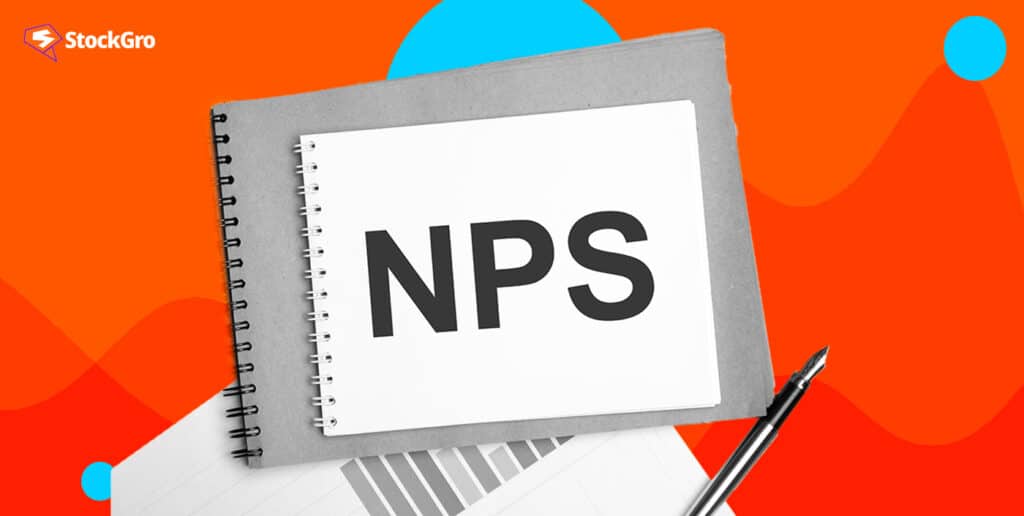
Without any doubt, your retirement planning is an important step that ensures financial stability in the long run. So, it does not matter whether you are a salaried millennial or someone nearing retirement year. Thus, in both cases, having a comprehensive understanding of NPS and NPS Lite helps you decide more evidently. So, already wondering what both these terms mean?
Well, as a beginner in the world of retirement planning, here’s your all-encompassing guide to NPS and NPS Lite. Let’s now find out the details of these schemes individually.
You may also like: What are the types of financial planning and why do you need them?
A brief on NPS (What is NPS?)
People refer to NPS as the national pension scheme. Simply put, it’s an initiative made by the Central Government for personnel working in private and public (also unorganised) sectors. Truth be told, this scheme was only available for public sector employees beforehand. However, it now allows every Indian individual to obtain the voluntary scheme.
So, if you are an investor who want to withdraw a certain amount of money from the retirement scheme, you can withdraw the amount. Note that the rest of the amount gets invested in an annuity. Notably, the beneficiary receives the remaining money as a pension after their retirement. Additionally, investment in NPS offers investors some excellent tax benefits.
Also read: Tax-efficient withdrawal strategies for retirement in India
An overview of NPS Lite
Evidently, this scheme was launched in 2010 (more specifically on April 1). This scheme has a better name – NPS Swavalamban. So, this scheme focuses on targeting the poor. Evidently, this scheme can secure the future of the marginalised section of the society. Truth be told, individuals who are between 18 and 60 years old can invest in this particular scheme.
Honestly, the CRA or Central Recordkeeping Agency has appointed the NSDL e-Governance Infrastructure Limited for the scheme by PFRDA.
Understanding the working process of NPS and NPS Lite
So, NPS allows Indian citizens to invest money in a retirement account. Thus, it’s a safe investment option where investors can earn profitable returns. Once you opt for this scheme, you automatically receive a PRAN or permanent retirement account number. As an NPS subscriber, you can contribute to your account regularly to better manage your finances after retirement.
Note that NPS accumulates the retirement corpus, where the subscriber can purchase any pension product or annuity product. On the contrary, NPS Lite is created in such a manner that it comes with a lower structure considering the cost if you compare it to the conventional NPS.
No restrictions are there considering the minimum contributing NPS yearly limit. In addition, you can make your contribution anytime at your own ease.
Evidently, one important aspect of NPS Lite is that the asset allocation of 55% of assets should be on the investment in government securities. On the other hand, 40% should be in corporate bonds, while the rest should be in equity. Therefore, NPS Lite is secure and comes with a better probability of offering stable returns.
Also read: Beyond the safety net: Understanding the risks of fixed deposits
Final verdict
Truth be told, NPS and NPS Lite signify noteworthy achievements amidst the country’s efforts to encourage secure retirement and economic mobility across different socioeconomic categories. So, NPS Lite offers flexible contribution choices and streamlined registration processes to provide pension coverage to persons in the unorganised sector. On the other hand, NPS serves regular wage earners and workers in the job sector.
Never miss an opportunity! Get daily trade calls and real-time stock alerts from SEBI-registered experts. Download StockGro app now!
